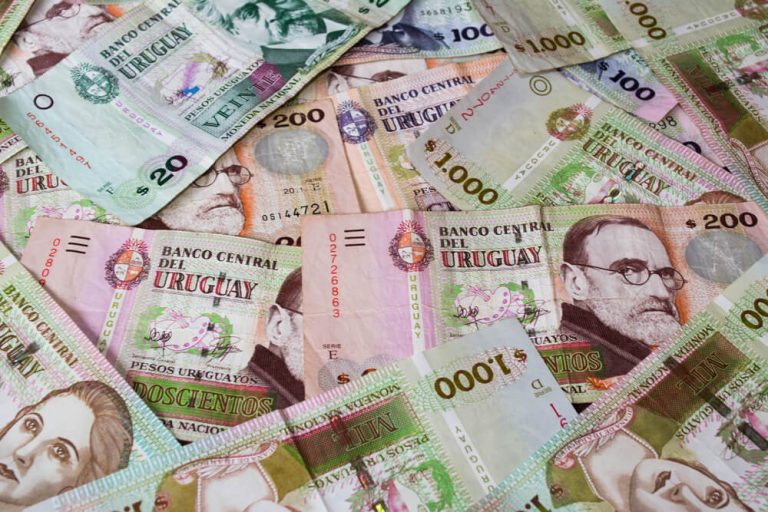
Social Tariff It is an essential benefit that aims to reduce social inequalities, offering significant economic relief to low-income families. In this post, I will explain what the social tariff is, its direct benefits, and the social and economic impact it provides. Follow along and discover how this program can transform lives.
The social tariff is a government subsidy implemented to reduce the cost of basic public services, such as electricity, water and gas, for low-income families. This program is an effective way to ensure that everyone has access to essential services at more affordable prices.
To be eligible for the social tariff, families must meet specific income criteria set by the government. These criteria may vary by country and region, but the common goal is to provide financial relief to those most in need.
Furthermore, the social tariff is not limited to electricity alone. In some places, it also covers water and gas services, making it an even more comprehensive support for the families that benefit from it.
Essential Cost Reduction: The main advantage of the social tariff is the reduction in the cost of public services. By subsidizing part or all of their energy, water or gas bills, low-income families are able to direct more resources towards essential needs.
This means that this financial relief can be used in other important areas, such as food, health and education. This is one of the main reasons why the social tariff is considered an important mechanism for promoting social inclusion.
Promotion of Social Inclusion: By making essential services more accessible, the social tariff helps ensure that all families can enjoy decent living conditions. This contributes to an environment where everyone has the chance to participate actively in society.
The social tariff not only improves the living conditions of the families that benefit from it, but also helps to reduce social inequalities. With access to basic services, these families can invest in other important areas, promoting a better quality of life.
Improvement in Living Conditions: Reducing the cost of public services has a direct impact on the lives of beneficiaries. With more resources available, these families can improve their diet, invest in their children's education and take better care of their health.
This ripple effect has a profound impact on quality of life, providing a more stable and safe environment for all family members. This allows these families to have more equitable opportunities for development and advancement.
Reducing expenses creates a more conducive environment for child development. With continuous access to electricity, water and gas, children have better conditions to study, play and take care of their hygiene. This ensures healthy and well-structured growth.
Furthermore, the financial stability provided by the social tariff allows parents to invest more in their children's education and well-being. Children who grow up in healthy and stable environments have a greater chance of success in the future.
Reducing Energy Poverty: Social tariffs play a crucial role in reducing energy poverty. By subsidising energy costs, they ensure that households do not have to choose between paying their bills and meeting other basic needs.
Additionally, continued access to energy improves the health and well-being of families, enabling a more comfortable and safe environment. This positive impact contributes to the overall health of the community and reduces public health costs.
Encouraging Responsible Consumption: By alleviating part of the costs of public services, the social tariff encourages more conscious and efficient consumption. Families can use the resources saved to invest in energy efficiency and sustainability practices.
With incentives and education programs on energy efficiency, families learn to use resources more responsibly, contributing to a more sustainable use of natural resources in the long term.
Boost to the Local Economy: Injecting additional resources into low-income families has a positive effect on the local economy. With more purchasing power, these families can stimulate local commerce, generating a positive cycle of economic development.
Additionally, local businesses also benefit from increased sales, which can lead to the creation of new jobs and a more vibrant and inclusive economy.
The social tariff goes beyond being a mere subsidy. It is a powerful tool in promoting social equity and reducing economic inequalities. By alleviating the financial burden of low-income families, this program not only meets basic needs but also creates the conditions for more inclusive and sustainable development.
In short, the social tariff is proof of a society’s commitment to building a fairer and more equal future for all its citizens. It represents a fundamental pillar in the fight against social disparities and in improving the quality of life of the most vulnerable families.
Low-income families that meet government-established criteria are eligible for the social tariff. This generally includes beneficiaries of social programs and other families with limited per capita income.
Registration can be done directly with the public service provider or with the body responsible for the social program, upon presentation of the necessary documentation proving family income.
The main services covered by the social tariff include electricity, water and, in some regions, gas. The number of services may vary depending on the location and current legislation.
The social tariff ensures a more stable and healthy environment, reducing financial stress and providing continued access to essential services, which significantly improves well-being and quality of life.
Yes, by reducing the cost of public services, the social tariff promotes more conscious consumption. Families can invest in efficient and sustainable practices, contributing to a more responsible use of resources.
By increasing the purchasing power of low-income families, the social tariff stimulates local commerce and can generate a cascade effect on the economy, promoting job creation and economic strengthening of the community.
Did you like this incredible content? If so, share it with your friends and on your social networks. See exclusive, free content every day on our News blog and take the opportunity to follow our Channel on Google News. Thank you!